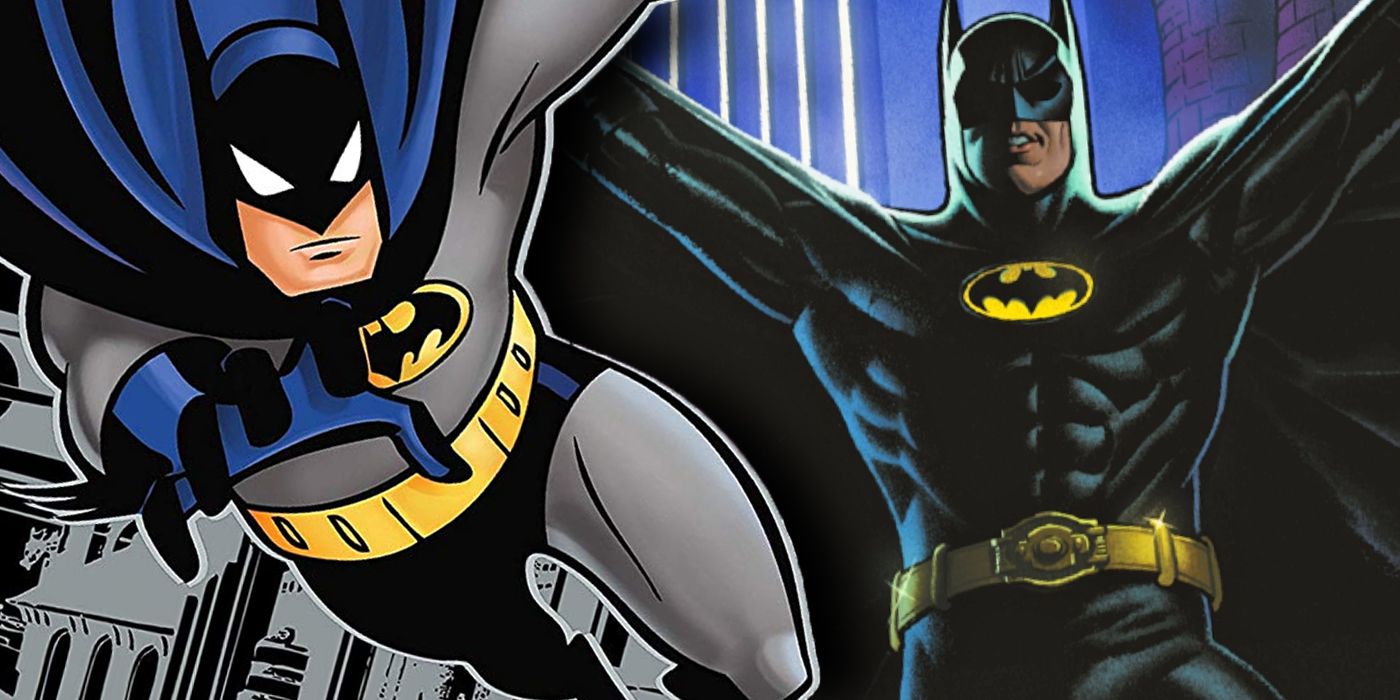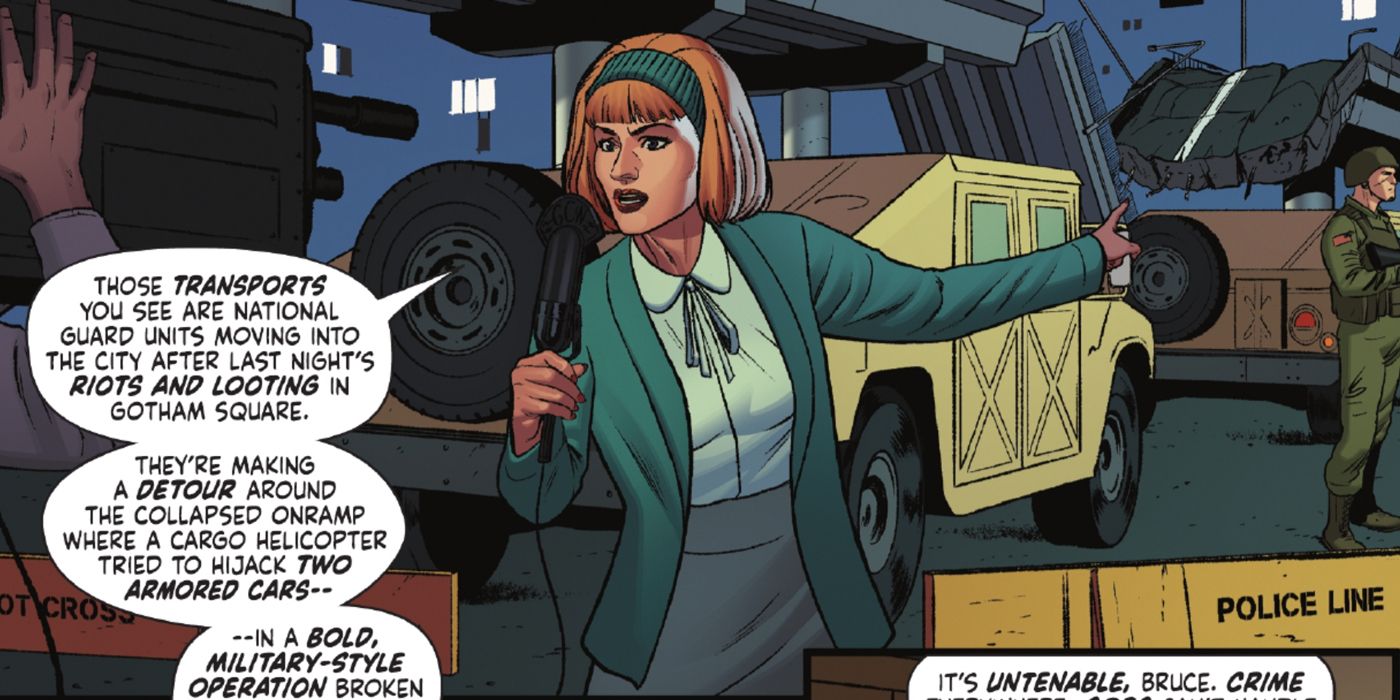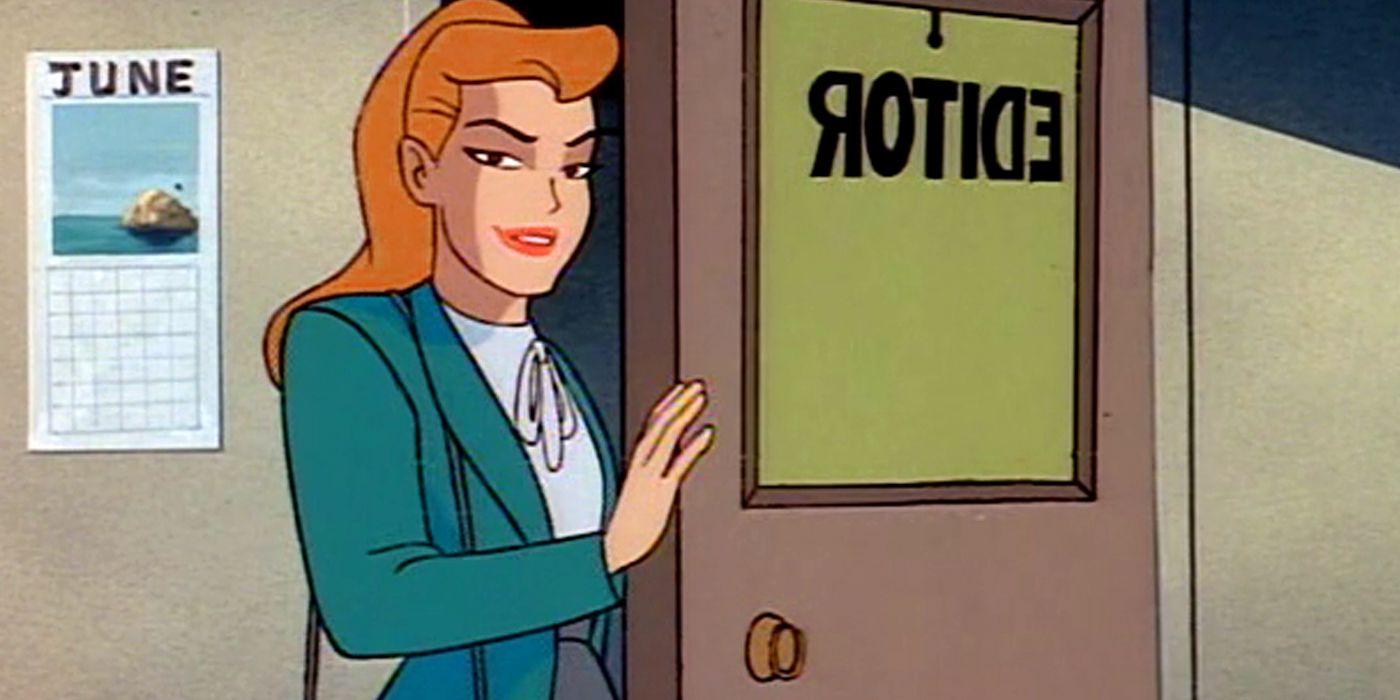WARNING: The following article contains spoilers for Batman '89 #1, available now from DC Comics.
Batman: The Animated Series is one of the most groundbreaking and influential installments in the Batman franchise, but even it owes a debt to earlier sources. The beloved series was heavily influenced by director Tim Burton's Michael Keaton-starring Batman films, which were released a short time before the initial episode. The films and series shared a lot of similarities in terms of style, tone, and artistic inspiration, to the point where they are inextricably linked in the minds of many fans. A new comic series set in the world of the films is already expanding on this association, featuring a character who was created for the series.
Batman '89 #1, by Sam Hamm, Joe Quinones, Leonardo Ito, and Clayton Cowles, depicts the so-called "BurtonVerse" after the events of Batman Returns. At points in the issue, television news personality Summer Gleeson is seen reporting on violence in Gotham and the eventual decision for military forces to be brought in to stop crime and the Dark Knight. Almost always clad in a turquoise outfit, Summer is an original character created for Batman: The Animated Series, where she appeared frequently as a supporting character, voiced by Mari Devon. She is a dedicated reporter and acquaintance of Bruce Wayne's but her passion for uncovering dramatic news often caused her to appear intrusive and even put her in danger on occasion.
Although she's made a handful of appearances in comics and elsewhere in the DC Animated Universe over the years, these are mostly in stories connected to the DCAU and she hasn't become a significant part of the comic book universe like fellow Animated Series creations like Harley Quinn and Renee Montoya. Although she could be seen as a surrogate for longtime Gotham City journalist Vicki Vale, Summer's obscurity makes it likely that the choice to include her in Batman '89 was intended as a nod to her most famous home, The Animated Series.
Again, this is hardly the first connection between The Animated Series and the BurtonVerse films. The first film, Batman, is regarded as responsible for a major increase in the character's popularity and is credited as being partially responsible for the creation of The Animated Series. The series' audiovisual style was inspired by that of the films, with both drawing heavily on genres such as film noir for visual and thematic inspiration. Both franchises are credited with reemphasizing the idea of Batman as a dark, Gothic character, after general audiences had spent years associating him with the lighthearted camp of the Adam West TV series.
Both Burton's Gotham and the one of the DCAU are given timeless designs that make their time periods purposefully vague. While all of these are nominally set around the time of their releases, the aesthetics more closely resemble film and television depictions of the 1940s. Many elements of the series' audio and visuals specifically recall the films. The series' main theme features elements of the theme composer Danny Elfman used for Batman and Shirley Walker's series score generally recalls the haunting yet epic music Elfman created for the films.
Similarly, the Penguin's first design in the series seemed to be influenced by the Batman Returns version of the character played by Danny DeVito, recognizable for having physical features similar to the bird he's named after such as flippers and a beak. Likewise, the series' version of Selina Kyle/Catwoman, who usually has dark hair in comics, was drawn as a blonde, like Michelle Pfeiffer, who played the character in Batman Returns.
Although inseparable at the times of their releases The Animated Series arguably surpassed the Burton films in terms of popularity and recognizability. However, the choice to include Summer Gleeson, rather than any of the many more well-known DC Comics journalists there are to choose from, indicates that the latest BurtonVerse story still a closer relative of The Animated Series.



